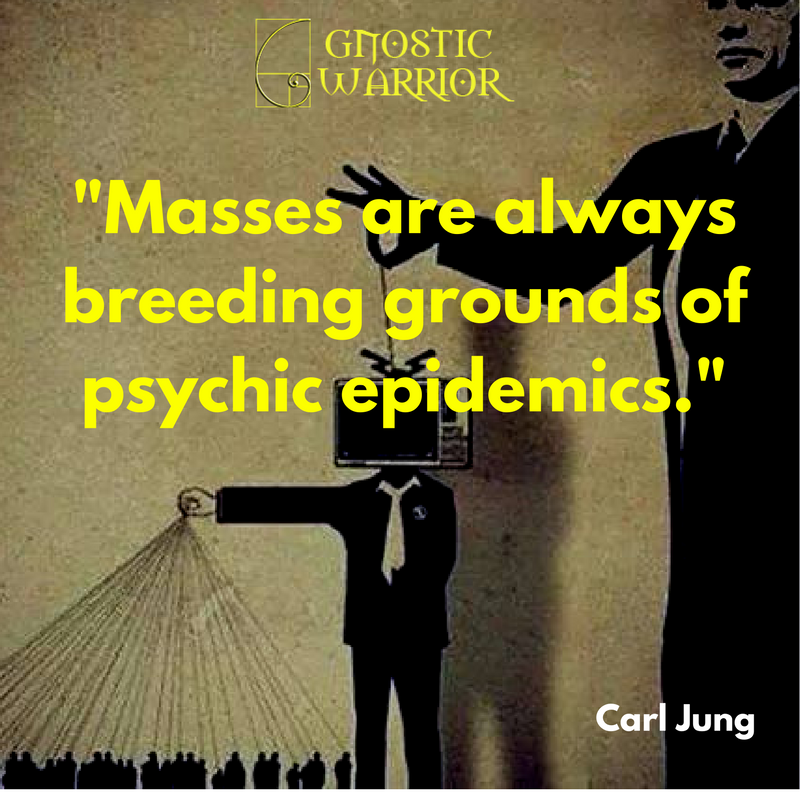“It seems,” remarks de Mirville in his review, “that we could apply to M. Babinet the following remark made by a very witty woman to Raynal, ‘If you are not a Christian, it is not for lack of faith.’ ” It was not alone believers who wondered at the credulity displayed by
Page 108
M. Babinet, in persisting to call the manifestation a meteor; for Dr. Boudin mentions it very seriously in a work on lightning he was just then publishing. “If these details are exact,” says the doctor, “as they seem to be, since they are admitted by MM. Babinet and Arago, it appears very difficult for the phenomenon to retain its appellation of sphere-shaped lightning. However, we leave it to others to explain, if they can, the essence of a fire-globe emitting no sensation of heat, having the aspect of a cat, slowly promenading in a room, which finds means to escape by reascending the chimney through an aperture in the wall covered over with a paper which it unglues without damaging!”
“We are of the same opinion,” adds the marquis, “as the learned doctor, on the difficulty of an exact definition, and we do not see why we should not have in future lightning in the shape of a dog, of a monkey, etc., etc. One shudders at the bare idea of a whole meteorological menagerie, which, thanks to thunder, might come down to our rooms to promenade themselves at will.”
Says de Gasparin, in his monster volume of refutations: “In questions of testimony, certitude must absolutely cease the moment we cross the borders of the supernatural.”
The line of demarcation not being sufficiently fixed and determined, which of the opponents is best fitted to take upon himself the difficult task? Which of the two is better entitled to become the public arbiter? Is it the party of superstition, which is supported in its testimony by the evidence of many thousands of people? For nearly two years they crowded the country where were daily manifested the unprecedented miracles of Cideville, now nearly forgotten among other countless spiritual phenomena; shall we believe them, or shall we bow to science, represented by Babinet, who, on the testimony of one man (the tailor), accepts the manifestation of the fire-globe, or the meteor-cat, and henceforth claims for it a place among the established facts of natural phenomena?
Mr. Crookes, in his first article in the Quarterly Journal of Science, October 1, 1871, mentions de Gasparin and his work Science v. Spiritualism. He remarks that “the author finally arrived at the conclusion that all these phenomena are to be accounted for by the action of natural causes, and do not require the supposition of miracles, nor the intervention of spirits and diabolical influences! Gasparin considers it as a fact fully established by his experiments, that the will, in certain
Page 109
states of organism, can act at a distance on inert matter, and most of his work is devoted to ascertaining the laws and conditions under which this action manifests itself.”
Precisely; but as the work of de Gasparin called forth numberless Answers, Defenses, and Memoirs, it was then demonstrated by his own work that as he was a Protestant, in point of religious fanaticism, he was as little to be relied upon as des Mousseaux and de Mirville. The former is a profoundly pious Calvinist, while the two latter are fanatical Roman Catholics. Moreover, the very words of de Gasparin betray the spirit of partisanship: — “I feel I have a duty to perform. . . . I lift high the Protestant flag against the Ultramontane banner!” etc. In such matters as the nature of the so-called spiritual phenomena, no evidence can be relied upon, except the disinterested testimony of cold unprejudiced witnesses and science. Truth is one, and Legion is the name for religious sects; every one of which claims to have found the unadulterated truth; as “the Devil is the chief pillar of the (Catholic) Church,” so all supernaturalism and miracles ceased, in de Gasparin’s opinion, “with apostleship.”
But Mr. Crookes mentioned another eminent scholar, Thury, of Geneva, professor of natural history, who was a brother-investigator with Gasparin in the phenomena of Valleyres. This professor contradicts point-blank the assertions of his colleague. “The first and most necessary condition,” says Gasparin, “is the will of the experimenter; without the will, one would obtain nothing; you can form the chain (the circle) for twenty-four hours consecutively, without obtaining the least movement.”

Moe is the founder of GnosticWarrior.com. He is a father, husband, author, martial arts black belt, and an expert in Gnosticism, the occult, and esotericism.





